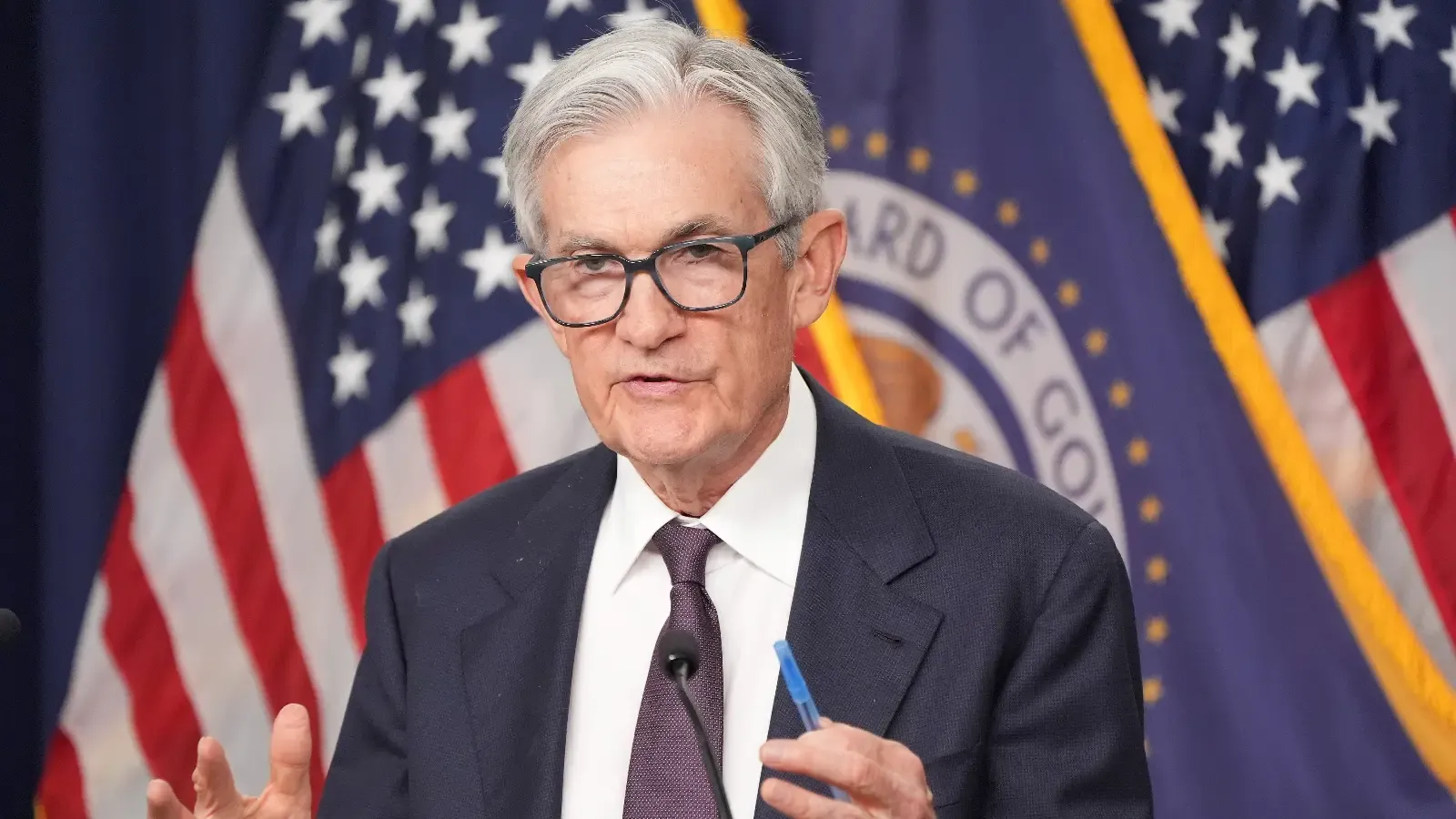🏦 Federal Reserve Slashes Rates to 4.00%–4.25%: What It Means for You
The economy felt a jolt as the Federal Reserve announced a surprise quarter-point cut, lowering the federal funds target range to 4.00%–4.25%. This move, the first of 2025, signals more easing to come, with ripples expected across global markets and borrowing costs. Let’s break down what happened, why it matters, and how it could affect your wallet. 📊
💡 What the Fed Decided
The Federal Open Market Committee (FOMC) cut rates by 25 basis points, setting the federal funds range at 4.00%–4.25%. The decision was driven by slower job growth, a slight rise in unemployment, and persistent inflation, shifting the Fed’s focus toward protecting the labor market. The balance-sheet runoff continues, and future moves will hinge on incoming data. Notably, Governor Stephen Miran dissented, pushing for a bolder 50 basis-point cut. The Fed remains committed to its 2% inflation goal while keeping an eye on jobs, inflation expectations, and global developments. 🌍
❓ Why This Move Surprised Observers
The timing caught some off guard. Inflation has recently ticked up, even as economic growth slowed, creating a tricky balancing act. The Fed’s decision to prioritize employment risks over sticky prices marks a pivot toward an easing cycle. This cut, the first of 2025, comes amid political pressures and a softening job market, with the Fed noting increased risks to employment. Projections suggest two more cuts this year if conditions align. ⚖️
📈 Market Reactions at a Glance
Markets responded unevenly. The Dow climbed, but the S&P 500 lagged, reflecting mixed views on growth and rate sensitivity. Treasury yields rose slightly at the long end as investors weighed growth risks against the Fed’s easing path. The policy-sensitive short end adjusted to a shallower cut trajectory than some expected. Forward guidance for two more cuts boosted credit sentiment, but varied equity performance highlighted uncertainty about earnings if growth cools further. 📉
🛤️ Fed Guidance and the Path Ahead
The Fed signaled a steady pace of cuts, with data driving decisions. Projections point to two more 25 basis-point reductions by year-end, depending on labor and inflation data. The 2025 GDP growth forecast was upgraded to 1.6%, while unemployment and inflation outlooks stayed steady, reflecting a cautious soft-landing approach. Chair Powell called the cut prudent, keeping options open if jobs weaken or inflation cools significantly. 🔍
| Item | Value | Notes |
|---|---|---|
| Fed Funds Target Range | 4.00%–4.25% | 25 bp cut, first of 2025 |
| Vote Detail | One dissent | Miran preferred 50 bp cut |
| Guidance | Two more cuts signaled | Projected for 2025 |
| GDP Forecast (2025) | 1.6% | Up from 1.4% in June |
| Stocks | Mixed close | Dow up; S&P 500 softer |
| 10-Year Yield | Firmed | Long end nudged higher |
🏭 Real-Life Impact: A Mid-Market Manufacturer
Picture a North Carolina auto-parts supplier with a $40 million floating-rate loan and a $15 million credit facility tied to SOFR. Since 2022, rising interest costs have squeezed cash flow. This 25 bp cut saves the firm a low-six-figure sum annually, freeing up funds for equipment upgrades. If two more cuts follow, the company could resume hiring paused earlier this year. Lower dealer financing costs may also boost demand for price-sensitive buyers by 2026, helping businesses and consumers alike. 🚗
💼 Portfolio Implications
For equities, cyclical value and small caps may gain from easier financial conditions if growth holds. High-duration tech stocks, however, could face pressure if long-end yields rise, so focus on earnings quality. In fixed income, front-end bonds benefit if cuts continue, while intermediate Treasuries may see volatility as markets weigh growth versus policy support. Investment-grade credit remains attractive due to favorable spreads. Globally, a dovish Fed could ease dollar strength, aiding emerging markets, though U.S. data and geopolitical risks will shape outcomes. 🌐
🔑 Key Quotes and Context
The Fed noted that “job gains have slowed” and unemployment has “edged up,” dropping earlier language calling the labor market “solid.” This shift underscores a new focus on employment risks. The Fed reaffirmed its 2% inflation goal and balance sheet reduction, showing confidence in disinflation despite sticky near-term data. Analysts see the cut as measured, not panicked, setting the stage for steady easing. 🗣️ [Source: Federal Reserve]
👀 What to Watch Next
Keep an eye on upcoming payrolls, JOLTS, and inflation reports to see if the Fed sticks to its two-cut plan or slows down if inflation persists. Market breadth and earnings revisions will signal whether equities can sustain leadership as financing costs ease but growth moderates. In rates, term premiums and supply factors may keep long-end yields volatile, even as the front end prices in more cuts into late 2025. 📅
❔ Frequently Asked Questions
What is the latest U.S. Fed rate cut news?
The Fed cut the policy rate by 25 bps to 4.00%–4.25%, its first reduction of 2025, and signaled scope for two more cuts this year.
What are the Fed’s projections for rate cuts this year?
Officials’ median projections imply two additional quarter-point cuts in 2025, subject to incoming data and the balance of risks.
How does this affect U.S. interest rates for mortgages and loans?
Front-end policy easing typically lowers benchmark funding costs, with transmission to consumer and business rates varying by product and market conditions over coming months.
What was the Fed’s vote split today?
There was one dissent from Governor Stephen Miran, who preferred a 50 bp cut instead of the 25 bp move adopted by the majority.
What’s the expected impact on markets in the near term?
Equities were mixed, long-end Treasury yields firmed slightly, and credit tone improved as investors priced a measured easing path into year-end.
